If I were to ask any fledgling retailer or small business owner what are his/ her foremost challenge was, it would mostly be coming up with a shipping strategy that brings customers in and simultaneously cuts into profit as little as possible.
Why exactly does shipping merit prioritizing over other problem areas? It surely isn’t the only task that is controlled by a third party.
The sheer pressure of racing with competitors offering better shipping options or a smoother last mile delivery could be one thing.
Or, it could be the skyrocketing shipping prices that have been fitfully escalating these last few years.
Or worse, it could be the axe of a higher customer churn rate hanging over one’s head.
When you can’t fight in the league of big boys like Amazon or Walmart, you need to figure out a smarter way to attain your goal. i.e. lowering shipping costs.
One of the best ways to do this would be to check your shipping invoice for additional surcharges that might be eating into your shipping costs.
To start off, here’s an overview of some of the most expensive potholes you can avoid. I’ve also added screenshots of where you can find them on your invoice.
1. GSR
A Guaranteed Service Refund is assured by major shipping carriers like FedEx and UPS on the off chance that the package arrives later than its ETA. Even a 1-minute delay can warrant a full refund of shipping charges!
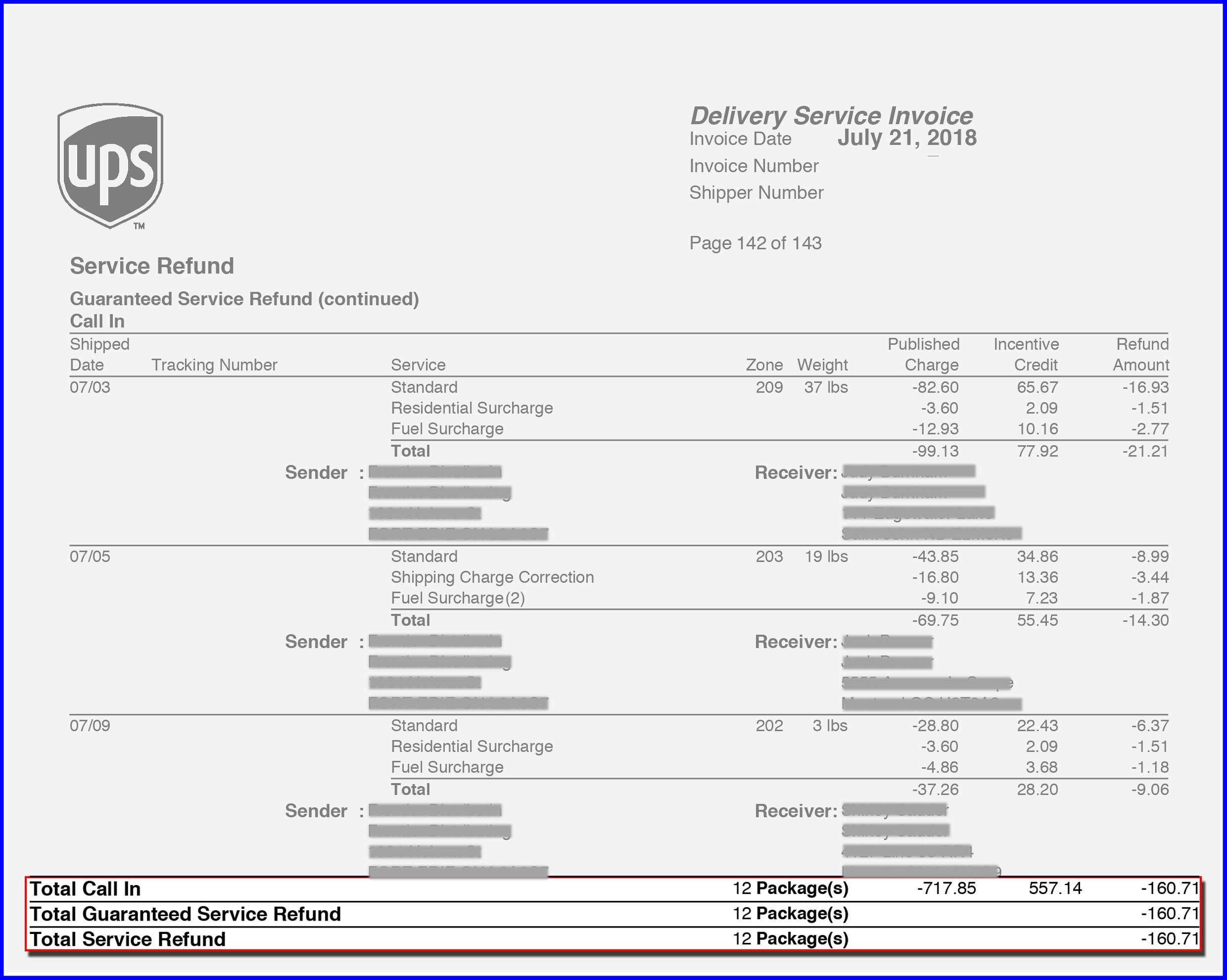
2. Void Credits
In case of carriers like UPS, you are charged for every shipping label generated from your shipping account, even if it is created by a third party. The labels can only be voided by the shipper, and have to be done so before being charged on an invoice. You can void your UPS shipping label here.

3. Address correction
Any attempt on the part of the shipping carrier to rectify/ correct an incomplete or incorrect address will be charged to the shipper. The additional charges include delivery or delivery attempts made to the corrected address.
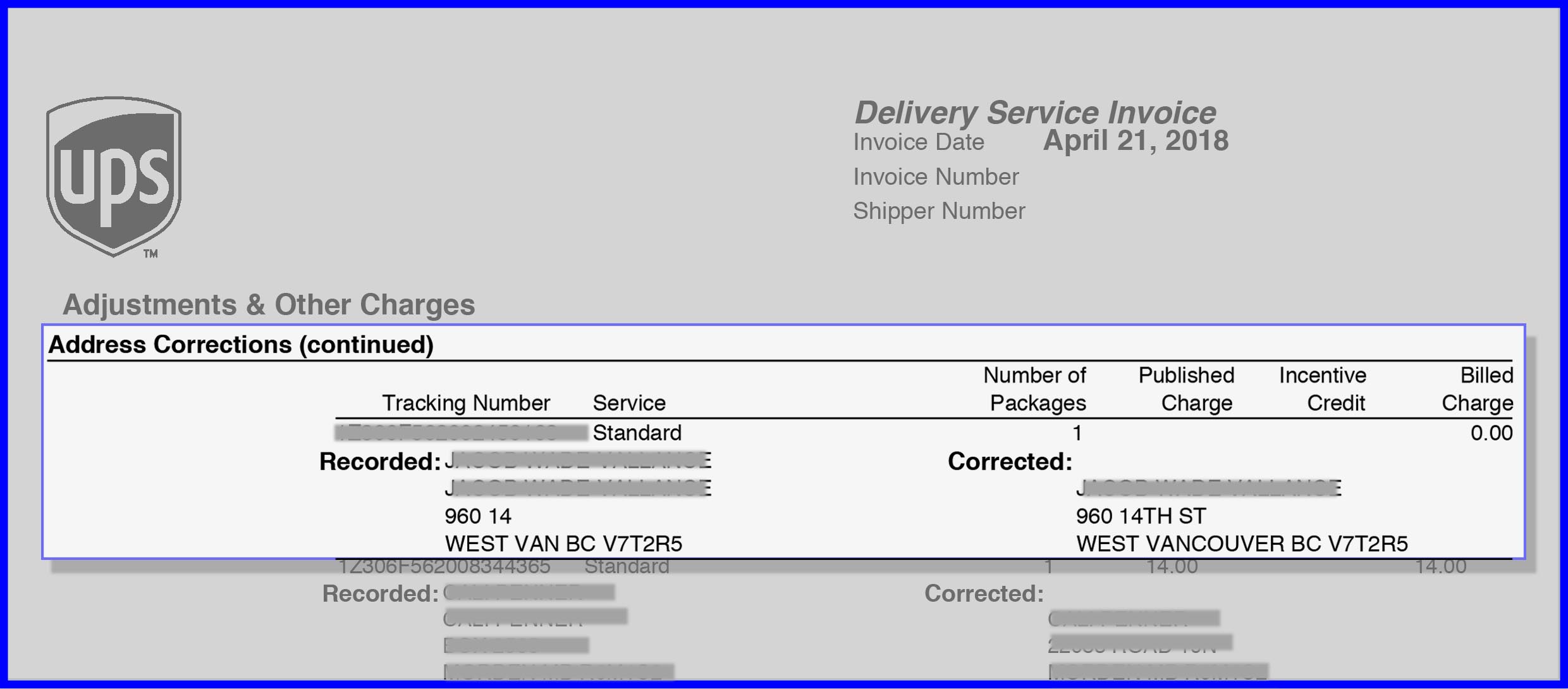
4. Delivery Area Surcharges
If the destination address belongs to a rural or remote region, FedEx and UPS charge a Delivery Area Surcharge (DAS). This is to cover the extra distance involved in the last mile to complete the delivery. You better be prepared to shell out some extra cash if your destination is remote.
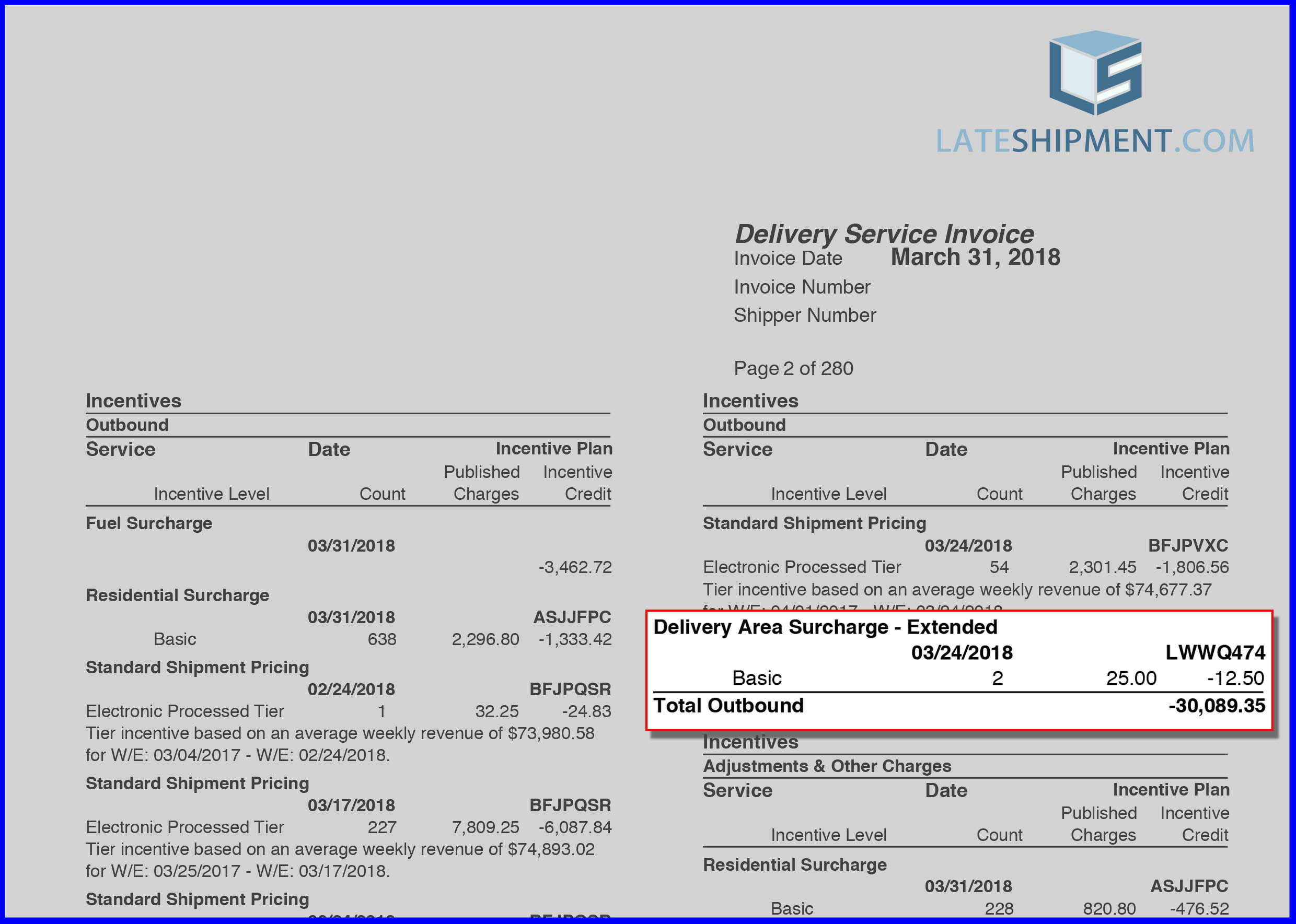
5. Residential Surcharges
Did you know that delivery to residential addresses is more expensive than to office addresses? This is because office timings ensure the constant availability of someone to sign for and pick up the package, while homes lack that advantage. Homebound packages are therefore prone to include multiple delivery trips.
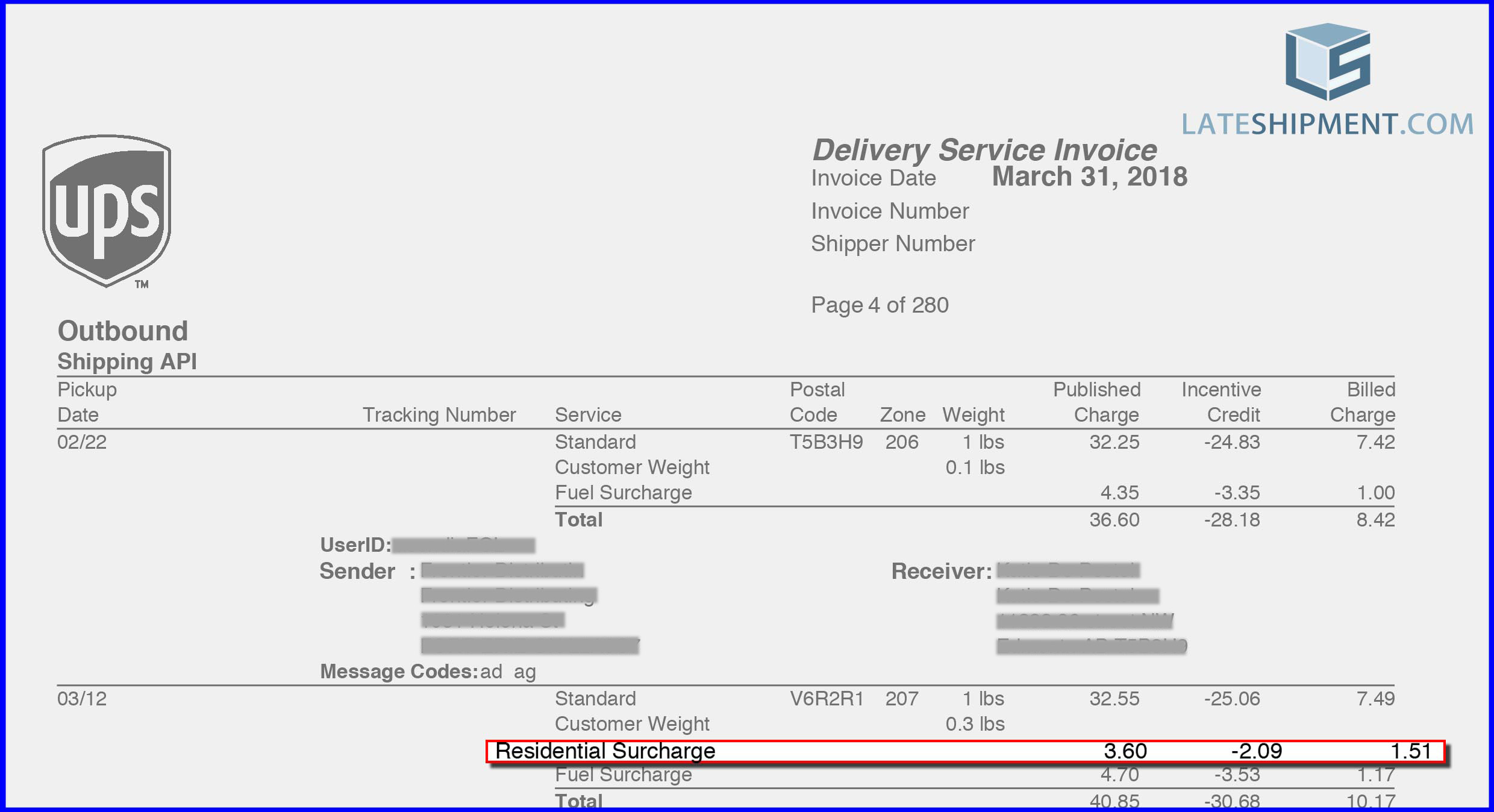
6. Direct Signature Surcharge
As the carrier might have to make multiple delivery attempts to catch the specified consignee in person, a Direct Signature Surcharge is applied to packages that require such a signature.
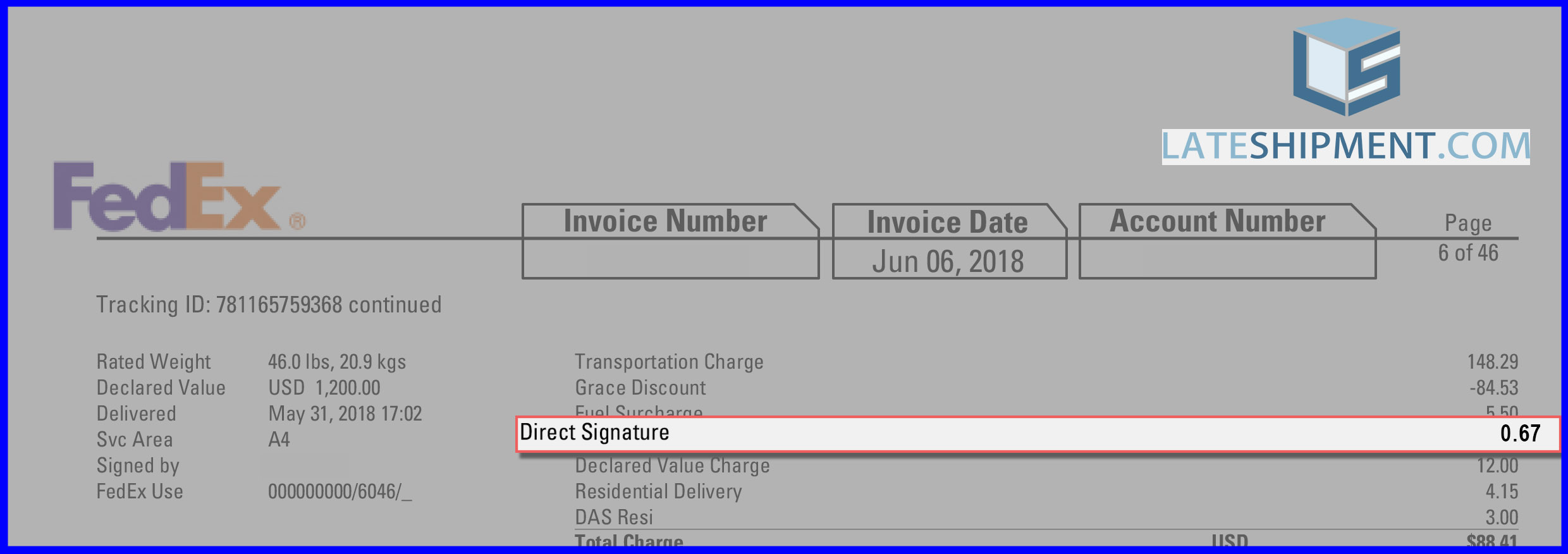
7. Fuel Surcharge
Fluctuating fuel costs are the reason for constantly changing fuel surcharges, and this charge is usually calculated as a percentage of base rate and added to the shipper’s freight bill.
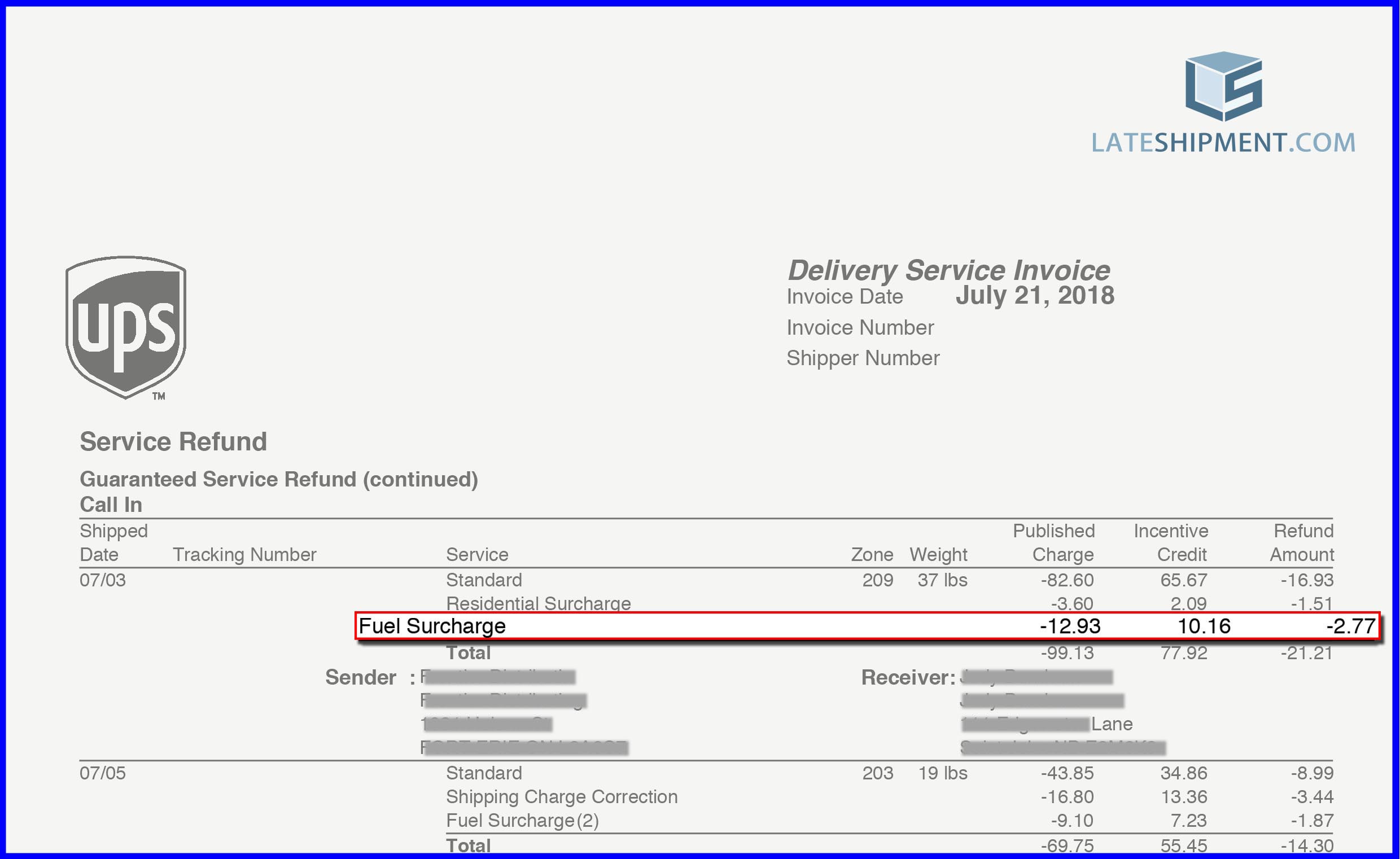
8. Volumetric Charges
The amount of space a shipment occupies aboard an aircraft/truck can affect the shipping price, as the volumetric or dimensional weight will be calculated in such cases.
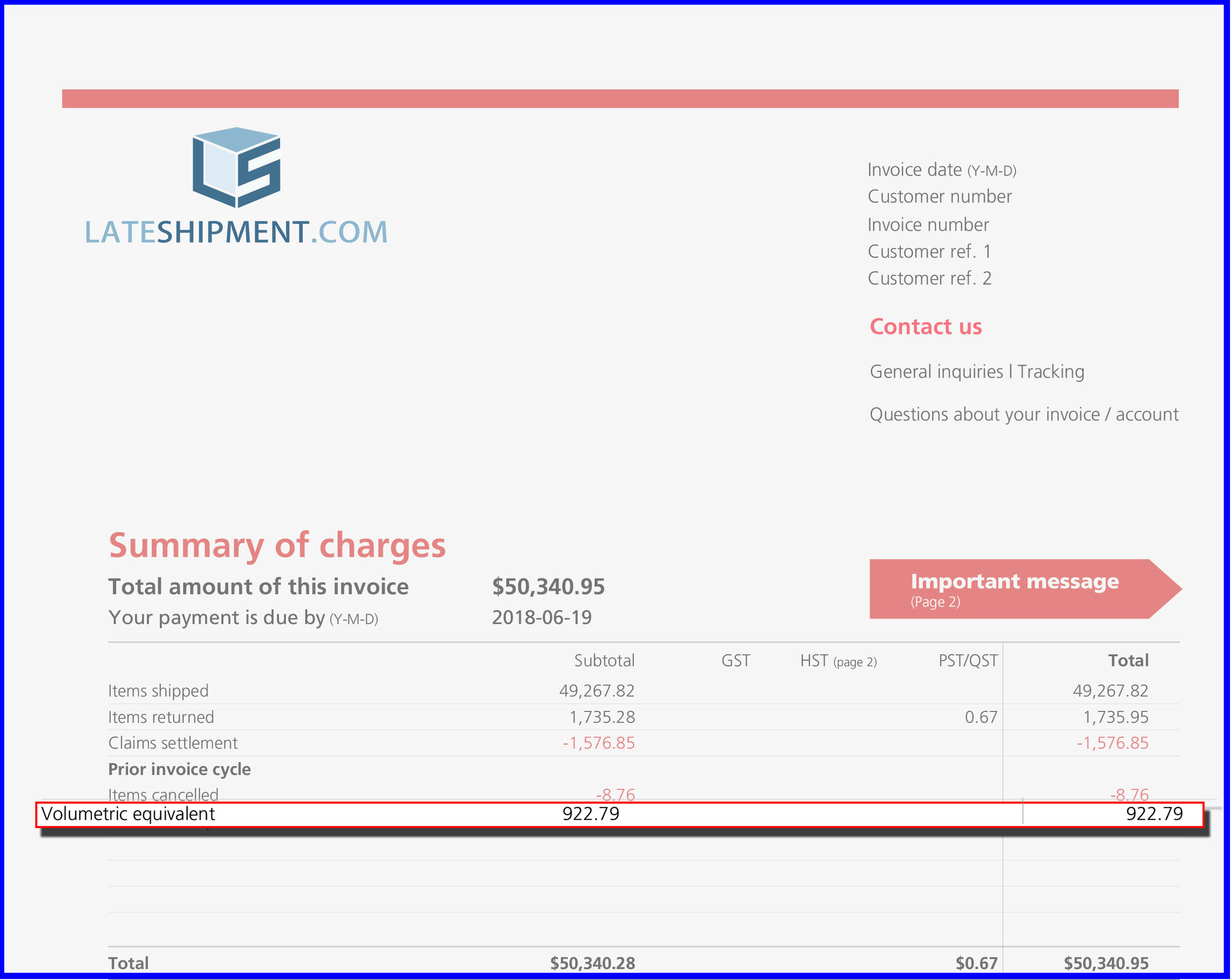
9. Third Party Surcharges
Shipping charges can be billed to a third party account (someone who is not the shipper or the receiver), as long as the third party has a valid FedEx or UPS account and agrees to incur the charges.

10. Duplicate Billing
A shipment that is incorrectly billed twice.

The first thing you’ll have to do is to be aware of all the surcharges. The next would be to keep yourself constantly updated of fluctuating rates and changes. The final step would be to identify charges that have been applied wrongly and dispute them.
Let me tell you right now that the last step is probably the most difficult of them all. It’s quite taxing to sift through invoices manually or in-house and track down errors. What would make the task infinitely easier are automated services like LateShipment.com that can effortlessly track, identify and recover these charges (we audit for over 50 service errors!).
You can read more about the 10 important shipping carrier errors that could cost your business here.
Not only are claims filed automatically, the refunds are credited directly to your shipping account without any rigmarole.
Hope this helps make your shipping a little easier.
Happy shipping folks!








